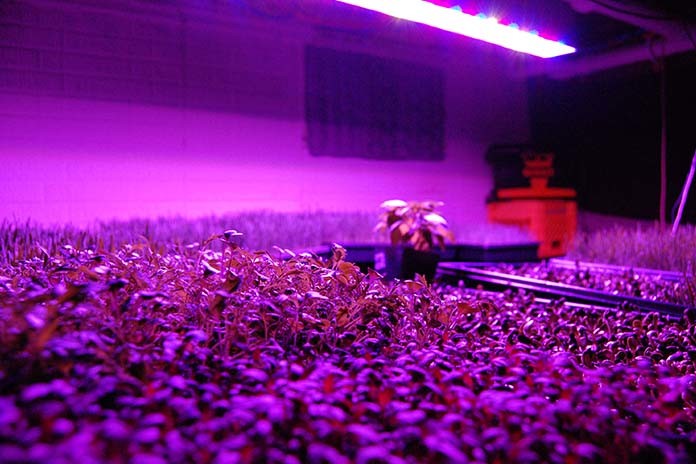
Indoor Grow Lights – Sun is so magical, isn’t? It provides light that allows plants to grow and nurture, giving us an opportunity to enjoy the bounties of nature. However, the sun is not available everywhere. Like indoor container gardening plants.
Moreover, if you are a gardening enthusiast who does not have much space, you need an alternative- something that can provide the light of sun without the need for planting outdoors.
So, what should you do? Well, you can try Grow Lights! These indoor products are right for growing plants indoors. And there are so many indoor plant lights to choose from!
Related: 13 Gardening Tips You Should Follow but No.10 is Stunning.
Contents
What’s Indoor Grow Lights?
Indoor grow lights are artificial light sources that are designed to stimulate the growth of plants by radiating an electromagnetic spectrum, which is suitable for photosynthesis. It can be used during winters, when daylight is less or when you are planting indoors.
Grow lights for indoor plants work in two ways- they either provide an electromagnetic spectrum similar to that of the sun or like a spectrum that is personalized to aid the needs of the plants being grown. In fact, they can mimic outdoor conditions through options colors, temperatures, spectral and lumen outputs.
Common Types of Lights for Indoor Plants
Incandescent, high-intensity discharge lamps (HID), fluorescent bulbs, and light-emitting diodes (LED) are commonly used as indoor grow lights. High-intensity discharge lamps (HID) and fluorescents are recommended for most types of indoor plants. These are more economical than previously used metal halide lights.
1. High-Intensity Discharge (HID) Lights
Nowadays, HID lights are becoming more popular as lumen-per-watt efficiency is far better than all the other lamps. Metal halides and HPS are the most commonly used indoor growing lights, as they produce a color spectrum similar to the sun.
- Metal Halides (MH)
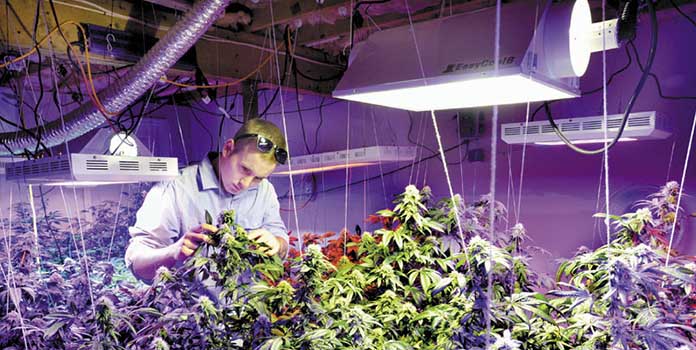 Emitting strong light in the blue end of the spectrum, metal halide bulbs have cool white light, which is ideal for leaf growth. Such light is similar to the naturally available outdoor light during the spring season, which makes it ideal for plants are on display in the home, as it does not distort the colors of the plants. These indoor grow lights are extensively used in the earlier developmental stages of plants in order to promote strong roots, immunity against diseases and optimum growth.
Emitting strong light in the blue end of the spectrum, metal halide bulbs have cool white light, which is ideal for leaf growth. Such light is similar to the naturally available outdoor light during the spring season, which makes it ideal for plants are on display in the home, as it does not distort the colors of the plants. These indoor grow lights are extensively used in the earlier developmental stages of plants in order to promote strong roots, immunity against diseases and optimum growth.
- High-Pressure Sodium (HPS)
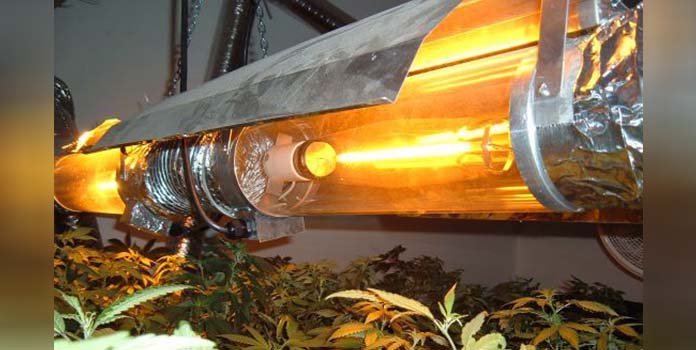 More efficient than metal halides, high-pressure sodium lights emit yellow/visible red light. Since these grow lights for indoor plants deliver more energy in the red part of the spectrum, they are ideal for blooming and fruiting. They are mostly used for supplementing natural daylight.
More efficient than metal halides, high-pressure sodium lights emit yellow/visible red light. Since these grow lights for indoor plants deliver more energy in the red part of the spectrum, they are ideal for blooming and fruiting. They are mostly used for supplementing natural daylight.
- Dual Arc
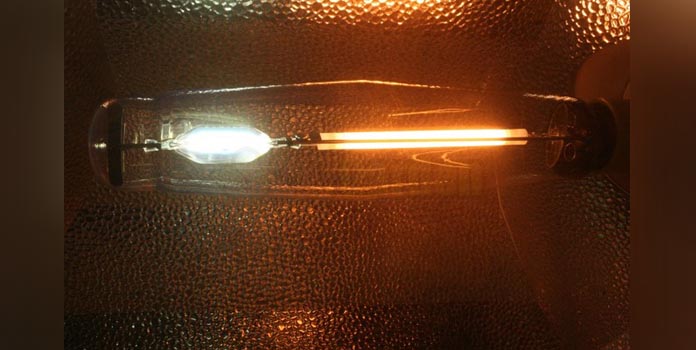 A combination of HPS and MH, these indoor growing lights emit both red and blue spectrums in a solo HID lamp. Having such a bulb provides a single bulb solution for the entire lifecycle of a plant, starting from vegetative growth to flowering plants.
A combination of HPS and MH, these indoor growing lights emit both red and blue spectrums in a solo HID lamp. Having such a bulb provides a single bulb solution for the entire lifecycle of a plant, starting from vegetative growth to flowering plants.
Related: A Beginners Guide to Container Gardening.
2. LEDs (Light Emitting Diodes)
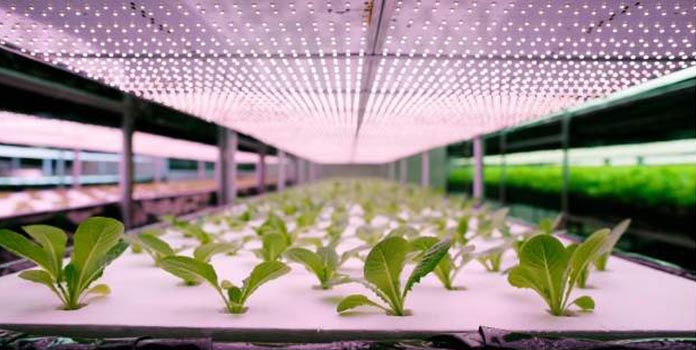 Consisting of light emitting diodes, a heat sink, and built-in fans, LED indoor grow lights are capable of producing specific wavelengths of light. The concept of using LED indoor grow lights is pretty new; it is still in the trial and error stage. They are currently used for tomatoes and mini-cucumbers.
Consisting of light emitting diodes, a heat sink, and built-in fans, LED indoor grow lights are capable of producing specific wavelengths of light. The concept of using LED indoor grow lights is pretty new; it is still in the trial and error stage. They are currently used for tomatoes and mini-cucumbers.
3. Fluorescent Grow Lights
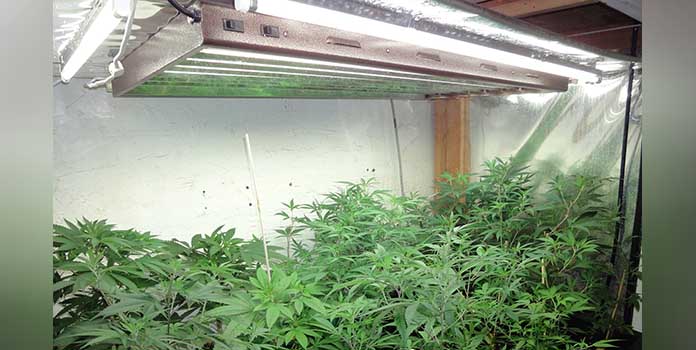 For indoor gardening, fluorescent grows lights for indoor plants are one of the most common choices. Inexpensive and easily available, they are majorly used for supplementing natural light.
For indoor gardening, fluorescent grows lights for indoor plants are one of the most common choices. Inexpensive and easily available, they are majorly used for supplementing natural light.
Available in cool, warm and cool spectrum varieties, they emit blue and red lights. However, it is recommended that gardeners use both spectrums for a fuller growth.
Determining the Plant Grow Light Wattage
- HID lights are most recommended. Fluorescent should be an alternative option.
- The thumb rule is to have 20 to 40 watts per square foot. Usually, a wider spectrum is recommended when buying grow lights for indoor plants.
- Divide the wattage of the bulb by 20 or 40, which will give you the extremes of the light intensity range.
- A 1,000-watt system can easily illuminate 25 and 50 square feet of indoor space
- Adjust your setup, according to how well you plant is growing.
So, go ahead and start gardening & try these indoor grow lights.
Also Read: Gardening is Good For Your Health! How?
